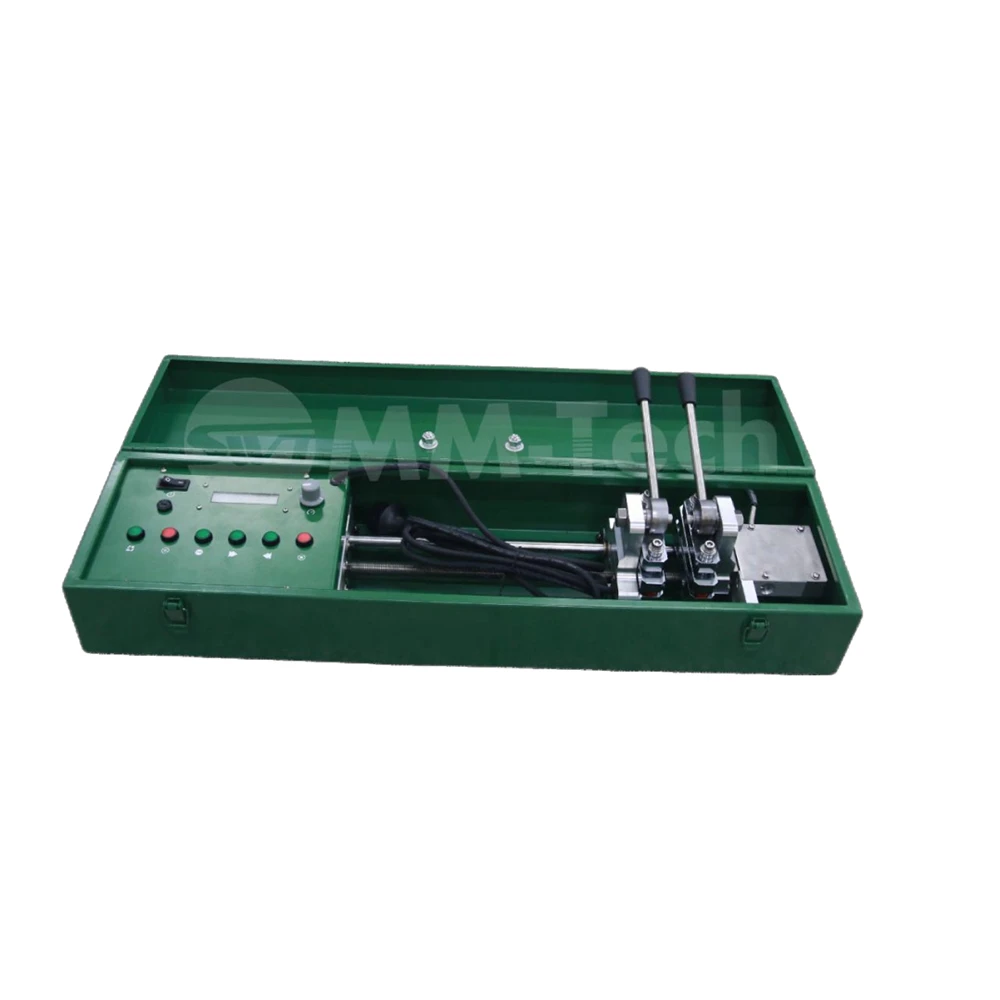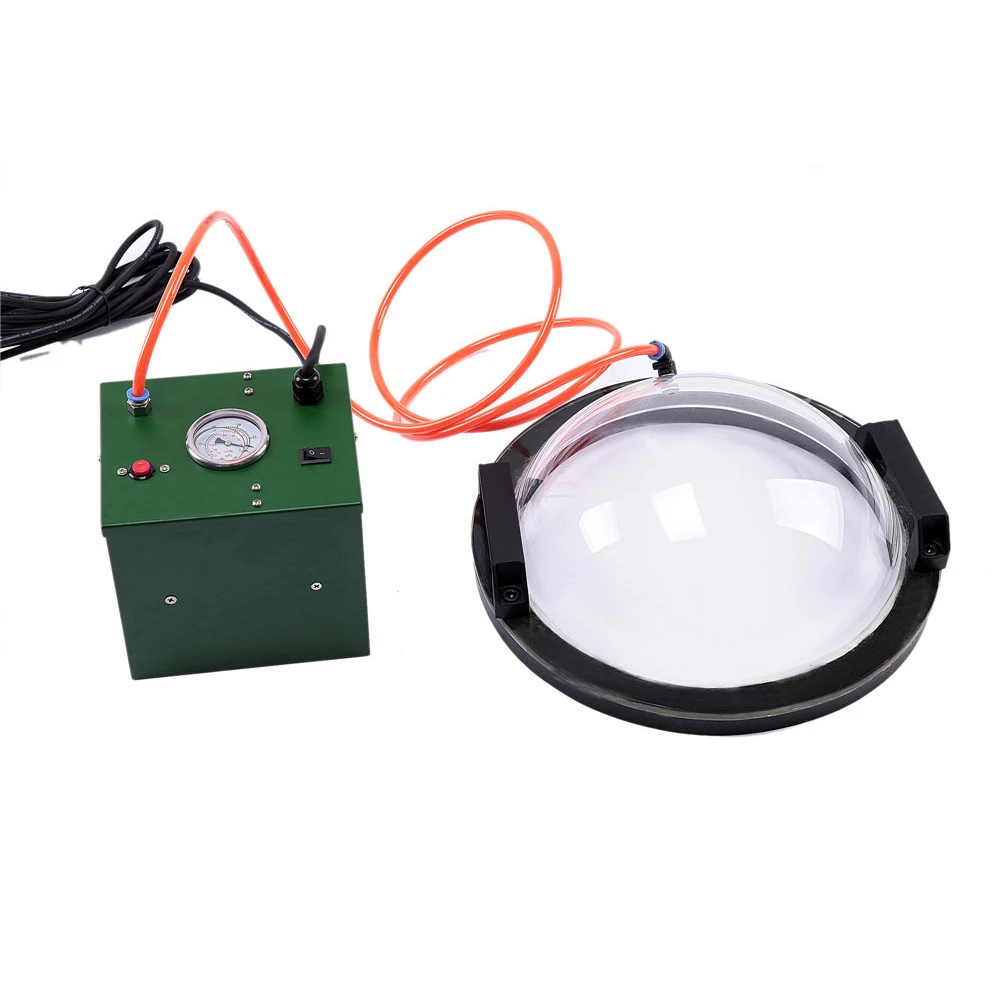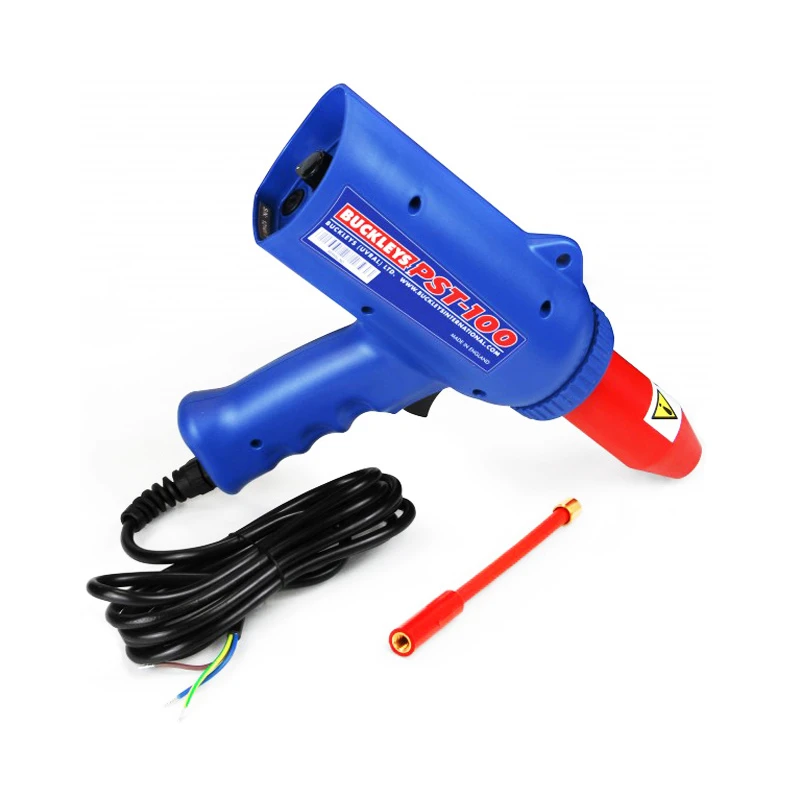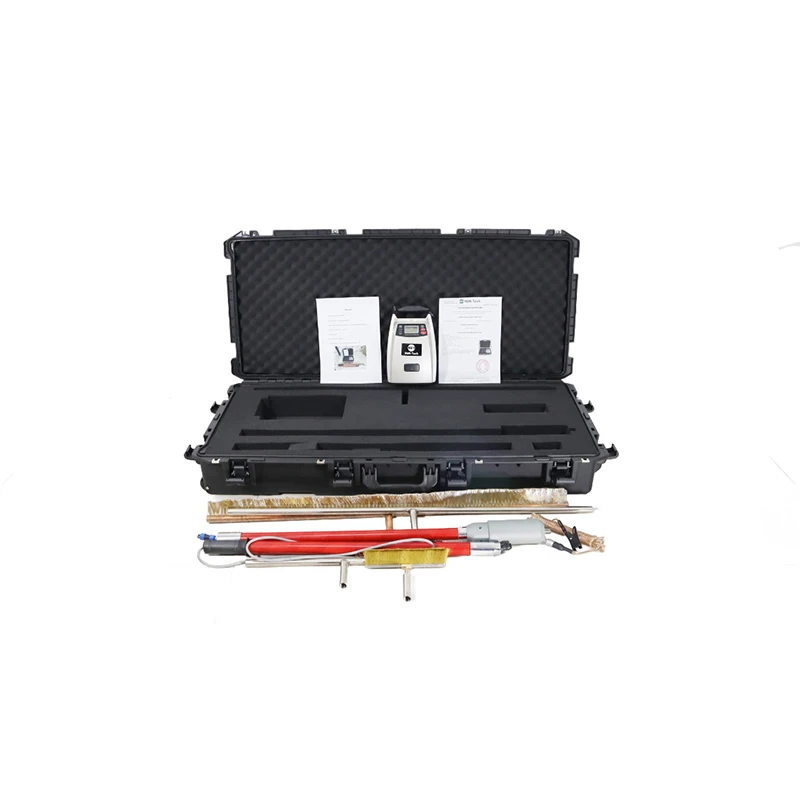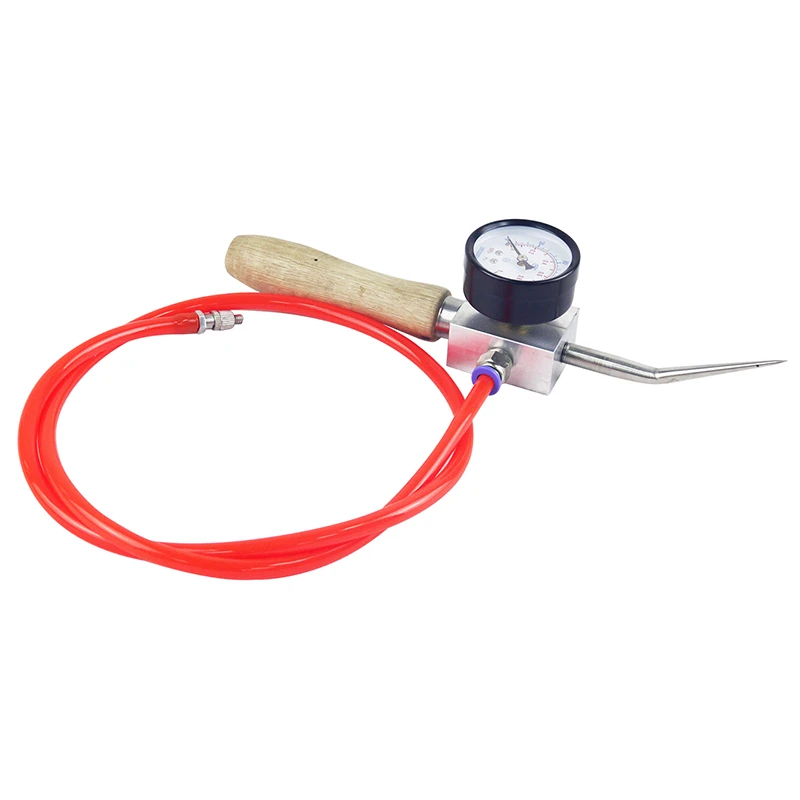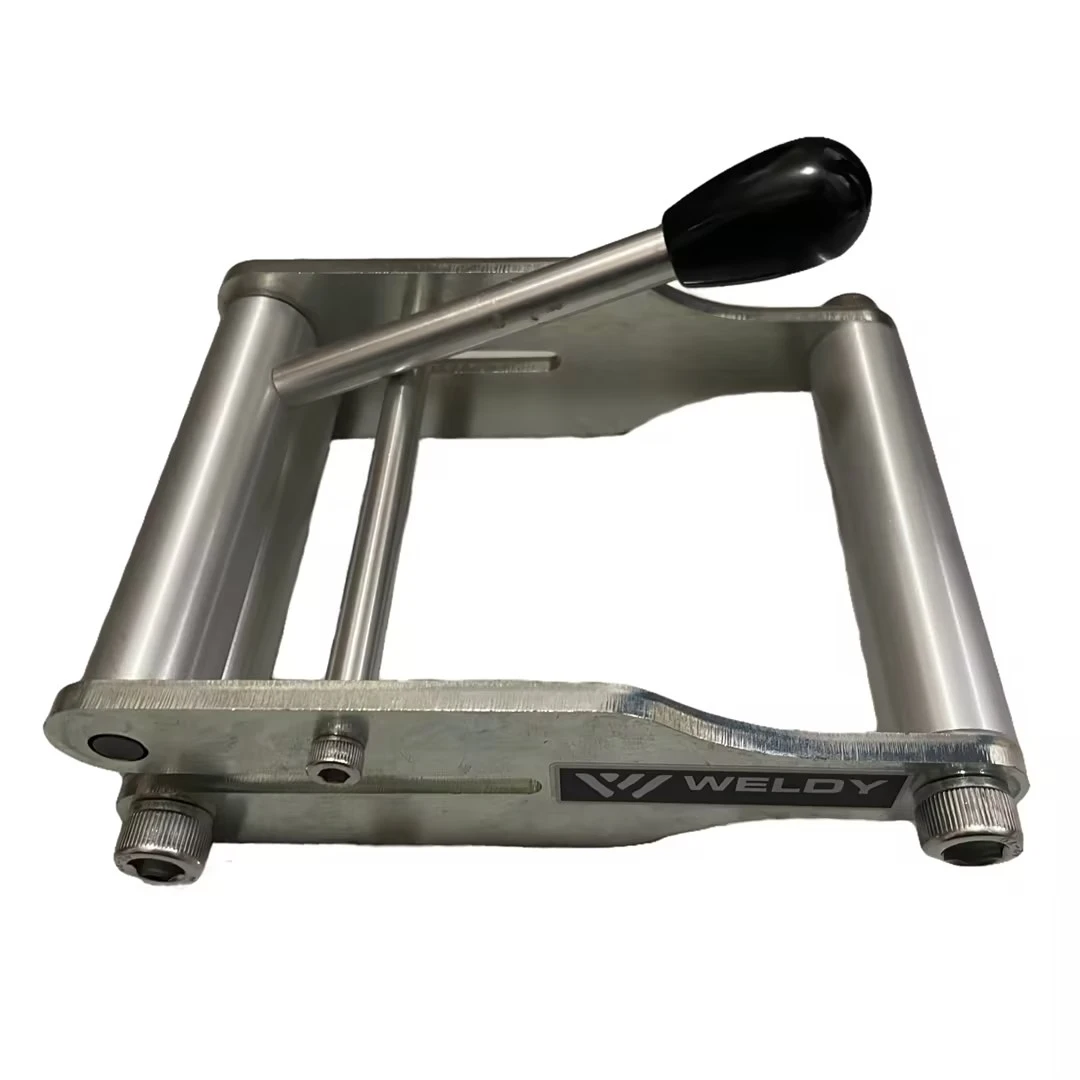-
 이메일: info@peweldingmachine.com
이메일: info@peweldingmachine.com
-
 +86-137 3974 5191
+86-137 3974 5191
-
 추가하다:
추가하다:중국 허베이성 스자좡시 차오시구 유이가 355호.
테스트 도구
배너 용접기는 대형 배너, 텐트 및 직물 소재를 효율적으로 용접하도록 특별히 설계된 도구입니다. 이 기계는 대형 배너, 빌보드 및 간판을 만드는 것이 필수적인 인쇄, 광고 및 섬유 산업에서 자주 사용됩니다. 배너 기계는 대형 소재를 용접하는 고유한 과제를 처리하도록 설계되었습니다. 매끄럽고 깨끗한 표면으로 소재를 결합하여 미적으로 아름답고 바람과 비와 같은 실외 요소를 견딜 수 있을 만큼 구조적으로 강한 이음새를 만들 수 있습니다.
이 기계는 이음매, 밑단, 보강재를 용접하여 배너가 잘 밀봉되고 내구성이 있도록 합니다. 이 공정은 매우 정밀하며, 이 기계는 일반적으로 조절 가능한 온도, 속도 및 압력 설정을 포함하여 작업자가 사용된 재료와 원하는 결과에 따라 용접 공정을 사용자 정의할 수 있습니다.
What Are Testing Tools?
Testing tools are software applications or frameworks designed to assist in evaluating, verifying, and validating the functionality, performance, security, and usability of other software, systems, or products. These tools help automate testing processes, detect defects, and ensure that the final product meets quality standards before deployment.There are various types of testing tools, each catering to different aspects of software testing. Functional testing tools focus on verifying that a system operates according to its specified requirements, ensuring that all features work as intended. Performance testing tools measure speed, responsiveness, and stability under different conditions, identifying bottlenecks and potential failures. Security testing tools assess vulnerabilities, helping to prevent cyber threats by identifying weaknesses in software defenses. Usability testing tools analyze user experience, making sure interfaces are intuitive and user-friendly.
Automation testing tools play a crucial role in modern software development, reducing manual effort and improving testing efficiency. They execute test scripts, compare expected and actual results, and provide detailed reports. Popular automation testing tools include Selenium, JUnit, and TestNG for software applications, while LoadRunner and JMeter are commonly used for performance testing.The choice of testing tools depends on project requirements, technology stack, budget, and team expertise. Open-source tools offer flexibility and community support, while commercial tools often provide advanced features and dedicated support. Cloud-based testing tools enable remote execution and collaboration, enhancing scalability and accessibility.
Testing tools streamline the software development lifecycle by identifying issues early, reducing costs, and ensuring a smooth user experience. As software complexity increases, the role of testing tools becomes more vital in maintaining quality and reliability, making them indispensable for businesses aiming to deliver high-performance and secure products.
What Is QA Testing Tool?
A QA testing tool is a software application or framework designed to assist quality assurance (QA) teams in evaluating and improving the quality, functionality, performance, and security of software products. These tools help automate and streamline the testing process, ensuring that applications meet specified requirements and function correctly before deployment. By identifying defects, inconsistencies, and vulnerabilities, QA testing tools play a crucial role in maintaining software reliability and user satisfaction.
There are various types of QA testing tools, each serving different testing needs. Functional testing tools verify that software features operate as expected, ensuring compliance with business requirements. Performance testing tools assess system responsiveness, stability, and scalability under varying workloads. Security testing tools detect vulnerabilities and potential threats, helping to safeguard applications from cyberattacks. Usability testing tools evaluate the user experience, ensuring that interfaces are intuitive and user-friendly.
Automation testing tools, a key component of QA, reduce manual testing efforts by executing pre-defined test cases, comparing actual results with expected outcomes, and generating detailed reports. Popular automation tools include Selenium, Appium, and TestComplete for functional testing, while JMeter and LoadRunner are widely used for performance testing.QA testing tools can be open-source or commercial, with cloud-based solutions providing flexibility and remote access. The choice of tool depends on project requirements, budget, technology stack, and team expertise. By integrating QA testing tools into the software development lifecycle, businesses can detect defects early, improve efficiency, and reduce time-to-market. With software systems becoming more complex, the use of QA testing tools is essential for ensuring high-quality, secure, and reliable applications that meet user expectations and industry standards.







